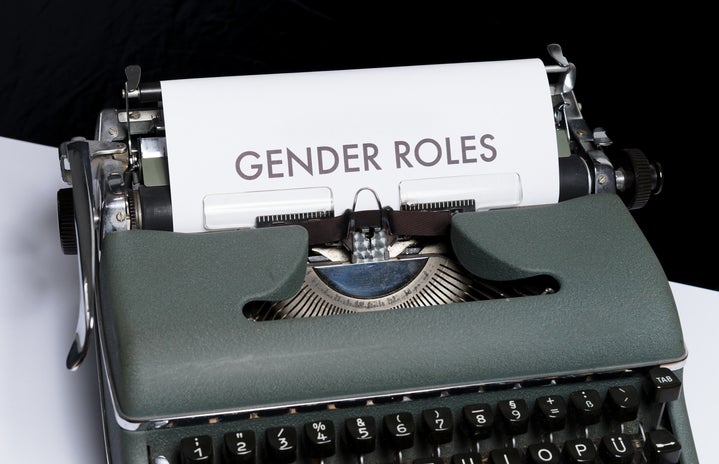Charlotte Bronte’s novel Jane Eyre was published in the mid-1800s–a time when gender roles were strictly defined and enforced through societal pressures. At the time, women were expected to be passive, agreeable, and domesticated while men were expected to take on dominant roles, exude confidence, and provide for their wives and children. The oppressive expectations of both genders were reflected in literature; female protagonists were unusual. On the few occasions that 19th-century novels would feature female protagonists, the leading women would exemplify female passivity and even regularly commit suicide at the end of their stories. For these reasons, Jane Eyre is a shocking and somewhat radical novel because, not only is it written by a female author, but the book also features a female protagonist who does not fit the ideal woman archetype of the time. Many critics of the novel believed Jane Eyre was a threat to “family values” as Jane embodies a unique female strength while on a quest for true self-discovery. However, the novel still features domineering men who constantly try to command the women around them, including Jane. Although the gender roles displayed in Jane Eyre were seen as progressive and even radical at the time the novel was published, ultimately, Bronte’s novel still perpetuates misogynistic ideas of sexism and male dominance.
Mr. Rochester–the man who hires Jane as a governess–is one of the most prominent examples of male superiority in the novel. Jane’s narration shows readers that Mr. Rochester has an inflated sense of self. He can be seen as a puppeteer as he regularly commands Jane and toys with her emotions. A perfect example of this behavior is found during the scene when Blanche Ingram visits Mr. Rochester at Thornfield. Mr. Rochester forces Jane to come into the drawing-room while Blanche is there and insists that she stay for a prolonged period of time. Mr. Rochester even goes as far as to brag about Blanche’s beauty in front of Jane. These actions are incredibly disrespectful because Rochester is intentionally flaunting Blanche and her beauty to make Jane feel jealous and inferior. The same habits plague the plot as Rochester often decides for Jane how she is feeling and then insists that he must marry her.
Mr. Rochester’s behavior is less than progressive and unfortunately, Jane’s responses to it are not much better. Although as readers we are aware of Jane’s strong opinions, her outward actions towards Rochester ultimately align with the expected gender roles of the time. Jane agrees to marry Rochester despite the fact that he constantly plays with her emotions, tries to explain her own feelings to her, and orders her around.
Another point of note is the names that Mr. Rochester uses to refer to both Jane and his secret wife, Bertha. Rochester develops many pet names for Jane such as “malicious elf” and “provoking puppet.” He also calls Bertha a “hideous demon.” This type of language is not only insulting but also derogatory. Clearly, Mr. Rochester has a real lack of respect for the women in his life. The language he chooses to use when addressing both Jane and Bertha reveals how he sees both women as less than and below him.
In conclusion, Mr. Rochester’s overall treatment of women shows how the novel aligns with the oppressive gender stereotypes of the time. Despite Jane’s quirk and strength, she still ends up with Mr. Rochester–ultimately accepting the misogyny we see throughout the novel.


